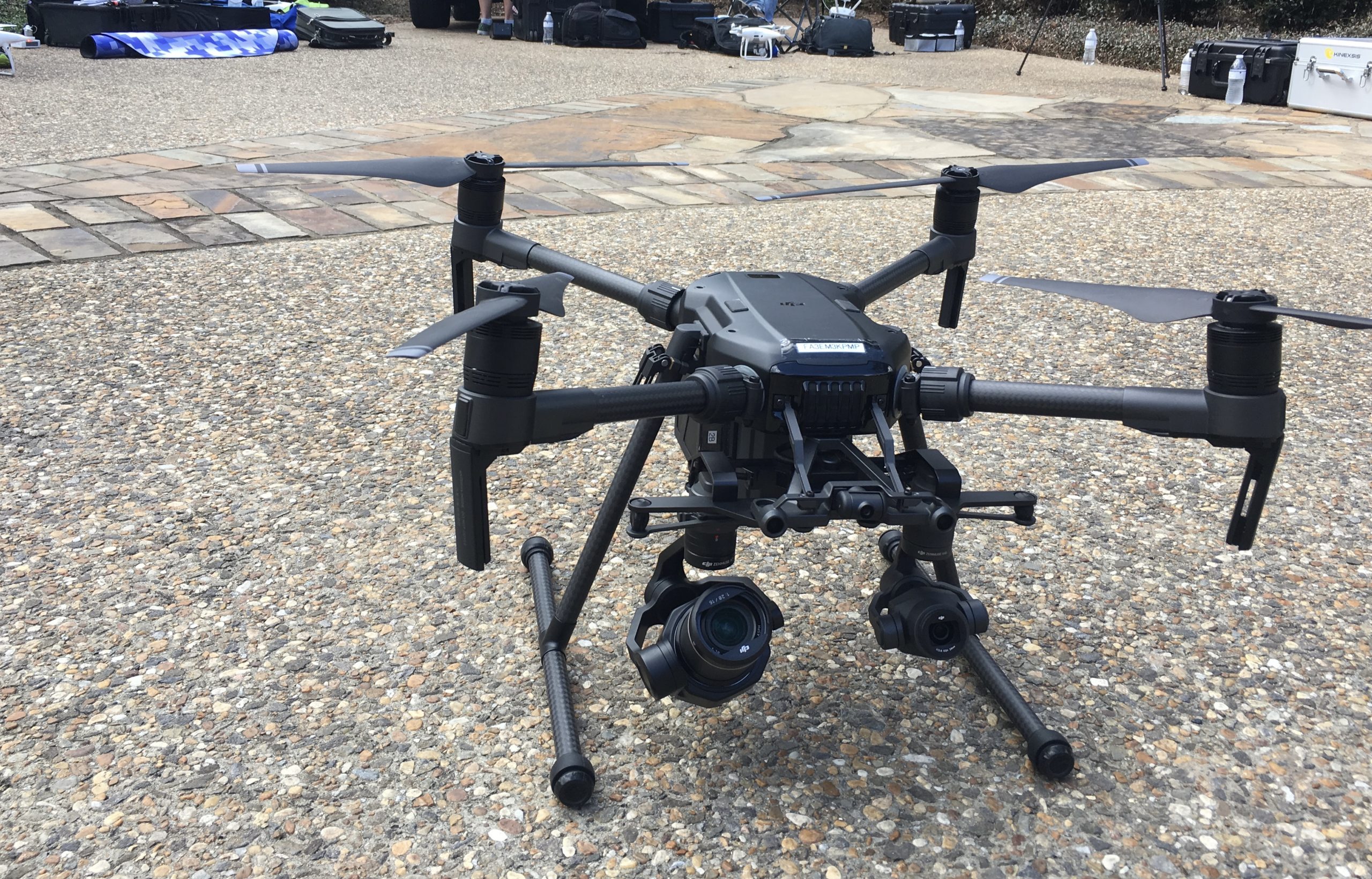The Three Biggest Challenges of Flying a Drone in a Densely Populated Metropolitan Area

Everything around you is acting against you and your ability to have a safe flight. EVERYTHING! A metropolitan area like Chicago or New York City combines almost every complex feature found anywhere else in the Country.
Confined spaces, high-angle rescues, water rescues, trains, subways, mass transit incidents, Hazmat events, high profile government visits, terroristic threats, and high-profile public targets…
The list goes on…
Having said that, let’s look at some of the biggest challenges of flying in a densely populated metropolitan area:-
Challenge #1. High Winds Due to Canyon Effect
One of the biggest challenges of flying drones in dense urban areas is the canyon wind effect because of tightly packed skyscrapers.
Tall skyscrapers block the natural wind patch creating a funnel effect. In fact, back in 2011 in Leeds, 35-year-old Edward Slaney was crushed when wind toppled a truck near a 32-story building.
Needless to say, these unnaturally high winds make drone flying in cities like Chicago and New York a hugely tricky proposition.
Challenge #2. Complex Airspace and Temporary Flight Restrictions (TFR’s)
In an urban environment, you are dealing with complex airspaces that include regional airports, low lying flight corridors, TFR’s, and congested airspace with NEWS helicopters, PD aviation, and commercial and private aircraft.
Temporary Flight Restrictions (TFR’s) are issued through NOTAM’s which restrict drones from flying in certain areas for a certain amount of time. Typically, it is only public safety agencies and first responders who can get the necessary approval to fly during a TFR.
To fly during a TFR, drone pilots must apply for an SGI or a Special Government Interest Process.
Challenge #3. Heavy Drone Magnetic Interference
Tall buildings with tons of steel and underground power lines mean that you will run into magnetic interference and eventually GPS multipath issues. The GPS signal has a high chance of bouncing off the tall buildings…and you might even end up crashing into the building. To learn more about magnetic interference, check out our blog post, How to Tackle Drone Magnetic Interference and Avoid a Drone Crash
